Genre(s) Educational/adventure Developer The Learning Company Mode Single-player video game | Initial release date 2 October 2001 Publisher The Learning Company | |
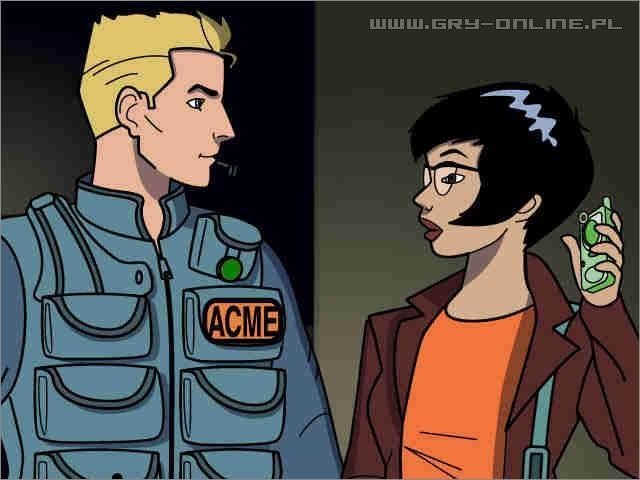 | ||
Series Where in the World Is Carmen Sandiego? Platforms Microsoft Windows, Macintosh operating systems Similar Where in the World Is Carmen Sandiego? games, The Learning Company games, Educational games | ||
Where in the world is carmen sandiego treasures of knowledge mission 1
Where in the World is Carmen Sandiego? Treasures of Knowledge (aka Where in the World is Carmen Sandiego? and Carmen Sandiego Treasures of Knowledge) is a point-and-click adventure game in the Carmen Sandiego franchise, released in 2001 (despite some sources saying it was released in 2002). For its title, the game does not use the long-standing formula of the previous Where in the World Is Carmen Sandiego? titles. Instead, the game seems to be based on the structure of the newest version of Where in Time is Carmen Sandiego?, which The Learning Company retitled Carmen Sandiego's Great Chase Through Time.
Contents
- Where in the world is carmen sandiego treasures of knowledge mission 1
- Where in the world is carmen sandiego treasures of knowledge mission 2
- Plot
- Gameplay
- Critical reception
- References
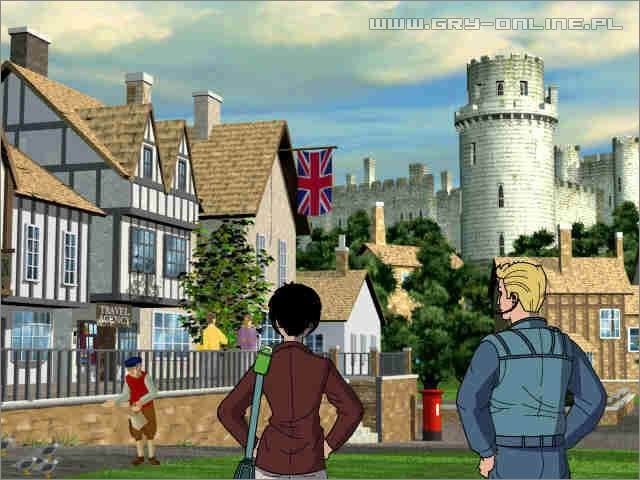
Where in the world is carmen sandiego treasures of knowledge mission 2
Plot

The protagonists of the game are Carmen's former partner Julia "Jules" Argent, an experienced ACME detective and new recruit Shadow Hawkins, who is gadget-happy and rather arrogant. Jules and Shadow's personalities frequently bounce off each over the course of the game, similar to how Zack and Ivy were paired up in "Where on Earth is Carmen Sandiego?", and that they had trouble with each other, but in the end, they both got along. The Chief explains that she has paired them together because she believes their personalities complement each other and indeed by the end of the game they appear to have gained some respect for each other's methods (or have at least agreed to disagree.)
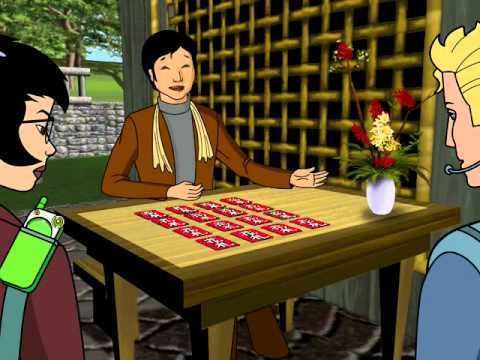
Carmen steals a rare Franco-Italian edition of The Travels of Marco Polo (which conveniently has the title written on the cover in English) and then proceeds to steal a Māori wood carving, Incan Quipus and other seemingly random items. Jules and Shadow find that each object Carmen has stolen seems to be tied to a mysterious Portuguese explorer, a lost city with a great treasure and a strange "wheel" design. On the eighth and final case, Jules and Shadow track down the lost city itself. Once inside the city, however, they find Carmen sitting inside a chamber filled with priceless treasures. Carmen suggests that she may be planning to lock Jules and Shadow away in the city, but Jules insists that Carmen would not do such a thing. Shadow captures Carmen by grabbing her wrist with a grapple launcher, but she inexplicably escapes through the use of a smoke bomb. Jules and Shadow debate if Carmen led them to the treasure for ethical reasons or if she is simply a bad person. Whatever were Carmen's true motivations remain a mystery.
Gameplay
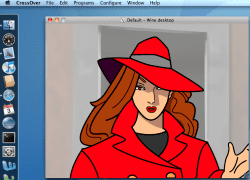
The game is divided into seven missions. The goal of each missions is to recover one item of the stolen artefacts, which Carmen has hidden in a puzzle somewhere in the world. The user can only unlock this puzzle by collecting items or clues from other countries, often having to solve other puzzles first. At the end of each case, the item is found and it is announced that Carmen has stolen something else.
Critical reception
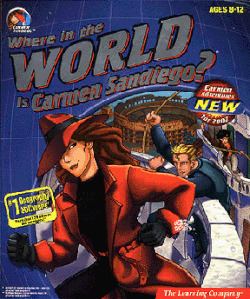
The Philadelphia Inquirer thought the graphics were "hopelessly primitive" when compared to contemporary Xbox and Playstation titles. Learning Village called the title "completely updated and significantly enriched" when compared to the original 1985 version, and praised both the animation and storyline for being more sophisticated. The Washington Post was disappointed that the animation was reminiscent of a Saturday morning cartoon, but thought the storyline made up for this, ultimately recommending the game.
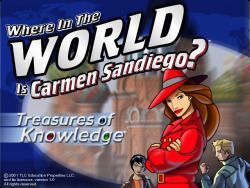
The title was one of four featured in The Learning Company pack called Enhanced Educator Versions; this version of the game had a Class Progress Report that maintained and updated the progress of the player.
